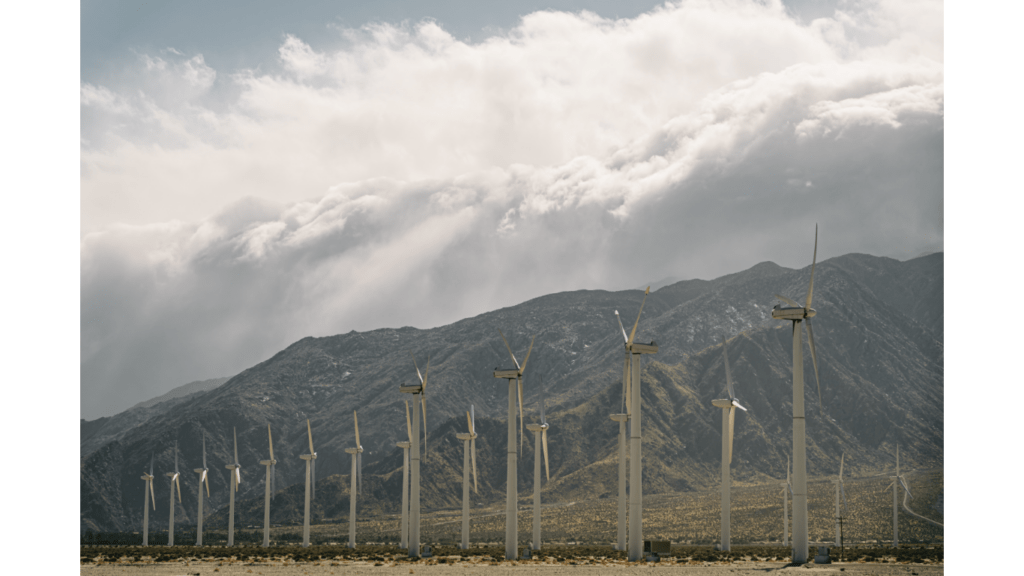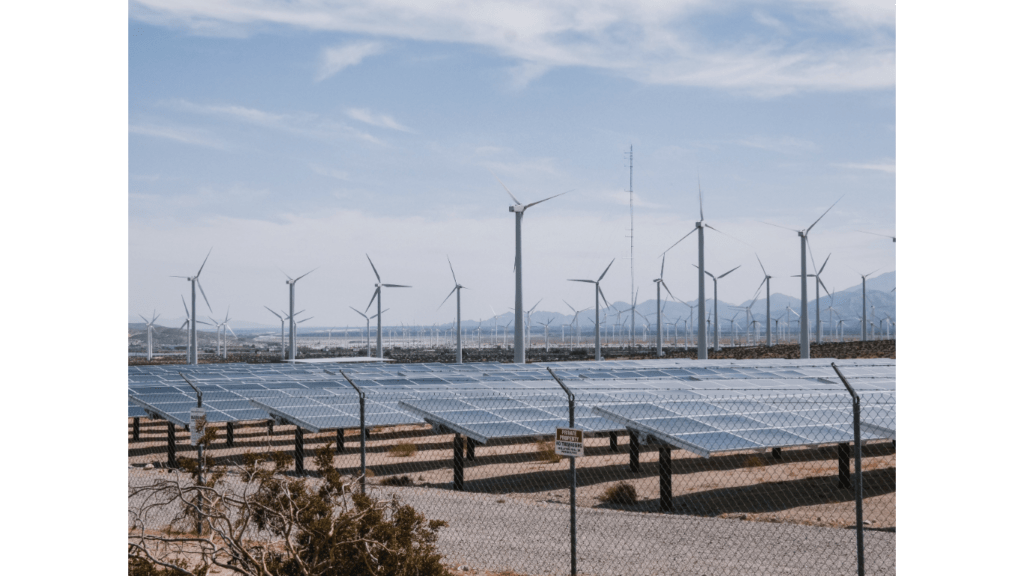The Shift Toward Renewable Energy
The Urgency of Sustainability
- As an expert in renewable energy, I emphasize the critical importance of sustainability in our energy sources. Transitioning to renewable energy is not just a choice; it’s a necessity. Fossil fuels are finite resources that harm the environment and contribute to climate change. By embracing solar and wind power, we can reduce our carbon footprint and ensure a cleaner, more sustainable future for generations to come.
Global Trends and Policies
- In my exploration of the renewable energy landscape, I’ve observed significant global trends and policies promoting the shift toward sustainable energy sources. Countries worldwide are increasingly investing in renewable energy projects and setting ambitious targets for clean energy adoption. From tax incentives to renewable energy mandates, governments are playing a crucial role in driving the transition to solar and wind power. By aligning with these global trends and policies, we can accelerate the advancement of renewable energy innovations and pave the way for a greener tomorrow.
Breakthroughs in Solar Power Technology
- As a renewable energy enthusiast, I’m excited to share some remarkable advancements in solar power technology that are shaping the future of sustainable energy.
Photovoltaic Cell Efficiency Improvements
- In recent years, there have been significant strides in enhancing the efficiency of photovoltaic cells, which are the building blocks of solar panels. Scientists and engineers have been working tirelessly to develop solar cells that can convert sunlight into electricity more effectively. With cutting-edge research and development, the efficiency of solar cells has improved to over 20%, making solar energy more cost-effective and competitive with traditional power sources. These advancements are essential in driving the widespread adoption of solar energy across residential, commercial, and industrial sectors.
Floating Solar Farms
- The concept of floating solar farms has gained traction as a novel approach to utilizing untapped solar energy potential. By installing solar panels on water bodies such as reservoirs, lakes, and even the sea, floating solar farms offer several advantages. These floating platforms not only generate clean electricity but also help reduce water evaporation, control algae growth, and provide an innovative use of space. Additionally, floating solar farms can address land scarcity issues faced by traditional ground-mounted solar installations, further expanding the scope of solar energy deployment.
Solar Energy Storage Solutions
- One of the challenges of solar power is its intermittent nature, as sunlight availability varies throughout the day. To address this issue, significant innovations in solar energy storage solutions have emerged. Technologies like solar batteries, pumped hydro storage, and molten salt thermal storage enable the capture and storage of excess solar energy for use during periods of low sunlight or high energy demand. By integrating efficient energy storage systems, solar power can become a more reliable and consistent source of electricity, reducing the dependence on conventional fossil fuel-based power plants.
- These breakthroughs in solar power technology signify a promising future for renewable energy expansion and sustainability. By harnessing the power of innovation, we can accelerate the transition to a cleaner, greener energy landscape for generations to come.
Wind Power Advancements

- In the realm of wind power innovations, I’m excited to delve into exciting developments that are propelling this renewable energy source to new heights.
Taller and More Efficient Turbines
- When it comes to wind power, taller isn’t just about reaching new heights; it’s about maximizing energy production. Modern wind turbines are scaling up in size to harness stronger winds at higher altitudes, increasing their efficiency and output. These taller turbines, with hub heights soaring over 100 meters, are unlocking new areas for wind energy production, especially in low-wind regions. By capitalizing on these technological advancements, wind farms can now generate more electricity, making wind power a more competitive and sustainable energy solution.
Offshore Wind Energy Expansion
- The expansion of offshore wind energy is creating a sea change in the renewable energy landscape. Offshore wind farms are tapping into stronger and more consistent winds, offering the potential to produce vast amounts of clean electricity. With advancements in floating turbine technology, offshore wind farms can be deployed in deeper waters, opening up new possibilities for harnessing offshore wind resources. This expansion not only diversifies renewable energy sources but also reduces land constraints faced by onshore wind projects, contributing to a more expansive and efficient wind power infrastructure.
AI and Digitalization in Wind Farms
- Artificial Intelligence (AI) and digitalization are revolutionizing the way wind farms operate, enhancing their efficiency and performance. AI algorithms analyze vast amounts of data in real-time, optimizing turbine operations, predicting maintenance needs, and improving overall energy production. By incorporating digital twin technology, wind farm operators can create virtual replicas of their assets, enabling predictive maintenance and enhancing operational decision-making. These advancements in AI and digitalization are driving a new era of smart wind farms that are not only more productive but also more reliable and cost-effective.
Integrating Solar and Wind into the Energy Grid
Grid Stability Challenges
- Addressing grid stability challenges is crucial when integrating solar and wind power into the energy grid. The variability of renewable energy sources can pose difficulties in maintaining a consistent power supply. Rapid fluctuations in generation from solar panels and wind turbines can strain the grid, requiring innovative solutions to ensure stability. Balancing generation and demand in real-time becomes more complex with increased renewable energy penetration, emphasizing the need for advanced grid management techniques.
Smart Grids and Energy Management Systems
- Smart grids and energy management systems play a pivotal role in optimizing the integration of solar and wind power into the energy grid. These systems utilize advanced technologies, such as IoT sensors, data analytics, and real-time monitoring, to enhance grid flexibility and efficiency. By leveraging smart grids, utilities can effectively manage the variability of renewable energy sources and orchestrate energy flows for seamless integration. Implementing intelligent energy management systems improves grid resilience, minimizes disruptions, and maximizes the utilization of solar and wind energy assets.
Economic Impacts of Renewable Energy Innovations
Job Creation and Market Growth
- Innovations in renewable energy, particularly in solar and wind power, have significantly contributed to job creation and market growth. The renewable energy sector has become a key driver of employment opportunities, with a growing demand for skilled professionals ranging from engineers to technicians. As solar and wind technologies continue to advance, the need for workforce expansion becomes more pronounced. This expansion not only benefits individuals seeking employment but also contributes to the overall economic growth by fostering a sustainable industry.
The Decreasing Cost of Technologies
- One of the notable economic impacts of renewable energy innovations is the decreasing cost of solar and wind technologies. Over the years, advancements in these technologies have led to significant cost reductions, making renewable energy more competitive with traditional fossil fuels. The declining cost of solar panels, wind turbines, and energy storage systems has made renewable energy sources a more viable option for both consumers and businesses. This trend towards affordability plays a crucial role in driving the adoption of renewable energy solutions on a larger scale, ultimately reshaping the energy market dynamics.
Environmental and Social Implications
Carbon Emission Reductions
- When it comes to renewable energy innovations like solar and wind power, one key benefit is the significant reduction in carbon emissions. The shift towards these sustainable energy sources plays a crucial role in mitigating climate change by decreasing the reliance on fossil fuels. By harnessing the power of the sun and wind, we can generate electricity without producing harmful greenhouse gases. This transition not only helps in combating global warming but also improves air quality, leading to a healthier environment for all.
Energy Access in Remote Communities
- Renewable energy advancements have also paved the way for increased energy access in remote communities. With innovations in solar panels and wind turbines, even the most isolated areas can now have reliable electricity sources. This has a profound impact on enhancing the quality of life for individuals in these regions, enabling access to essential services such as healthcare, education, and communication. By bringing clean energy solutions to remote communities, we are not only bridging the energy gap but also promoting sustainable development and empowerment among underserved populations.



